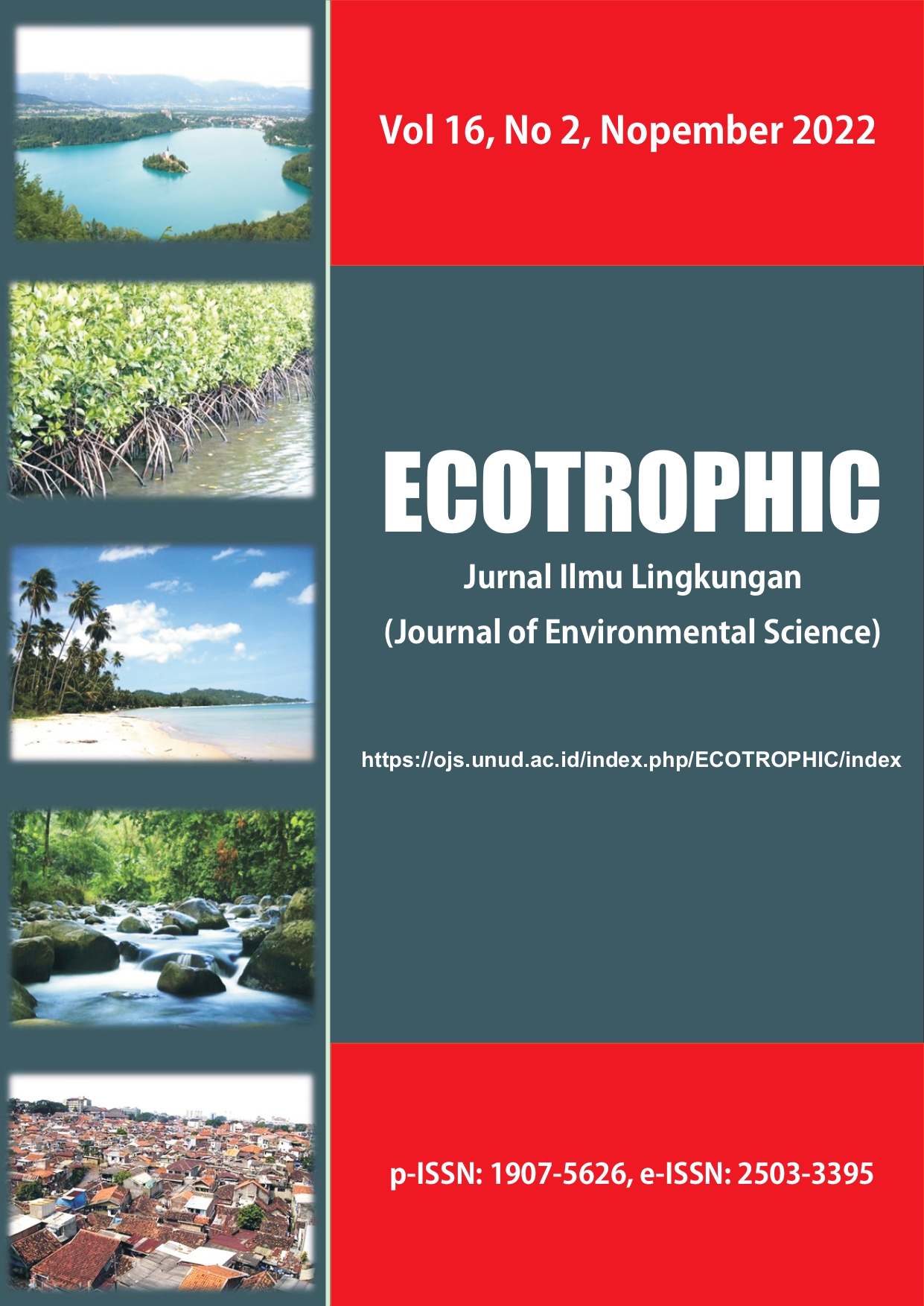ANALISIS KELIMPAHAN MIKROPLASTIK PADA BIVALVIA DI PERAIRAN TUMINTING DAN MALALAYANG KOTA MANADO
Abstract
Microplastic as a marine debris is currently become a global problem. Tuminting and Malalayang coasts as the study case in this research because these places were located in the high population and anthropogenic activity areas, that allowing the microplastic pollution. The goal of this research are to identify the types of microplastic, to analyze the abundance of microplastic and to evaluate the differences accumulation of microplastic in bivalve from Tuminting and Malalayang, Manado. This research is used a purposive sampling method. The analysis of microplastic in bivalves following C. M. Boerger et al. (2010) methods. The average of microplastic for the three species of bivalve in Tuminting for Cardidae sp. Was 5.75 particles/g, Venridae sp. 17.05 particles/g and Mytilidae sp. 130.06 particles/g, while in the three species of bivalve in Malalayang for Cardidae sp. 50.87 particles/g, Venridae sp. 9.56 particles/g and Mytilidae sp. 6.93 particles/g. Based on Kruskal Wallis analysis for bivalve of Tuminting is 0.087; Malalayang 0.616. The bivalve morphometric correlation test using Spearman Rank analysis showed a result 0.05 for Tuminting and 0.187 for Malalayang. The microplastics types that found in bivalve are fragments, films, fibers, foam, pellets, granules and the highest one is fiber. In this study, abundance of microplastic in bivalve from Tuminting also Malalayang waters, were found so it was necessary to disseminate this information to the public about the dangers of plastic. There must be a government regulations regarding the coastal area management related to garbage waste and have to make another research about the identification of the chemical that containing in microplastic in bivalves.
Keywords: marine debris; microplastics; bivalve; manado
Downloads

This work is licensed under a Creative Commons Attribution 4.0 International License.


